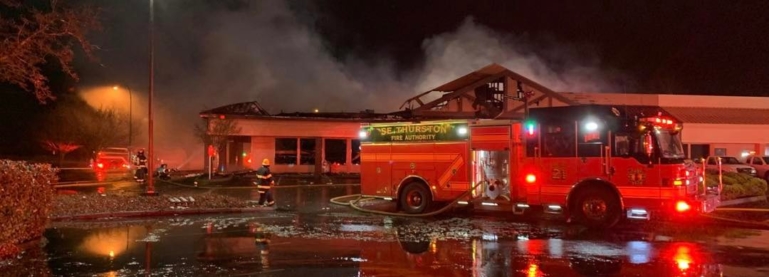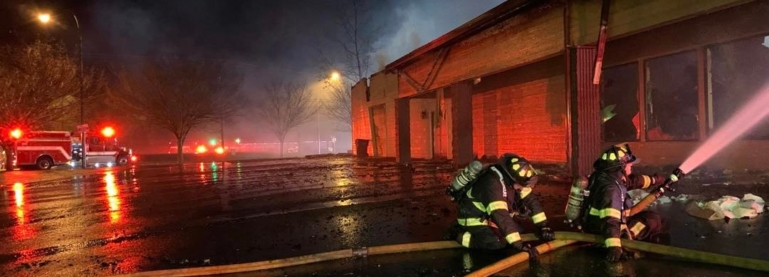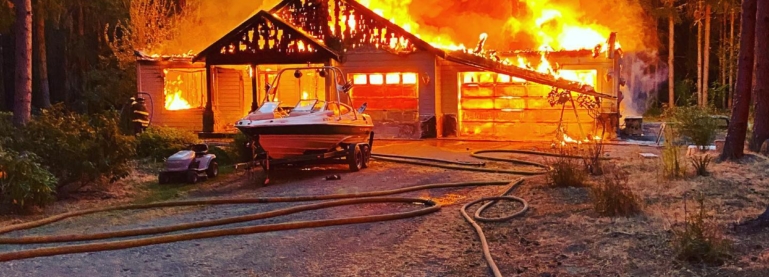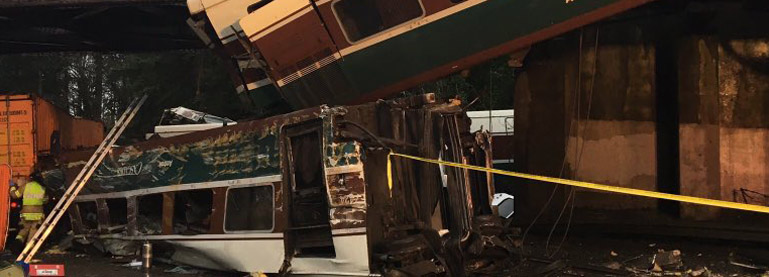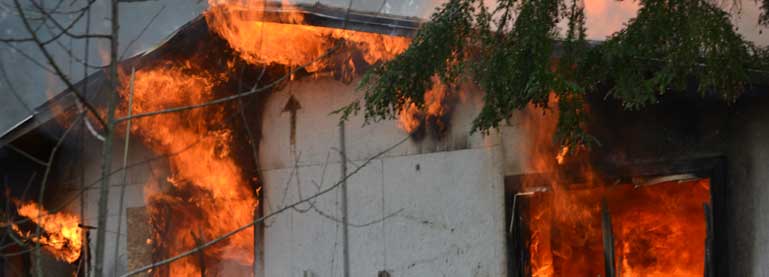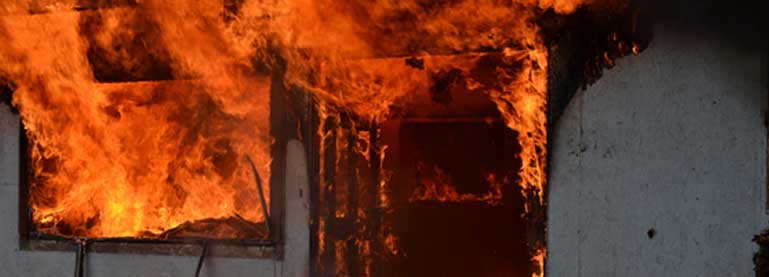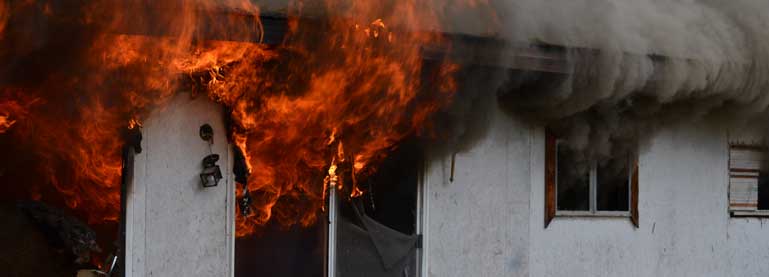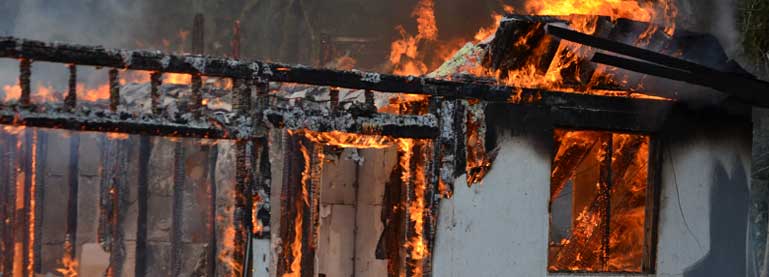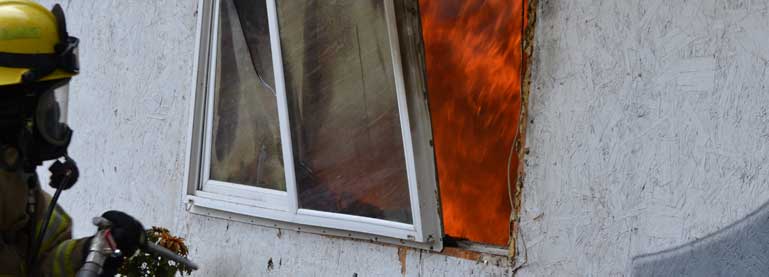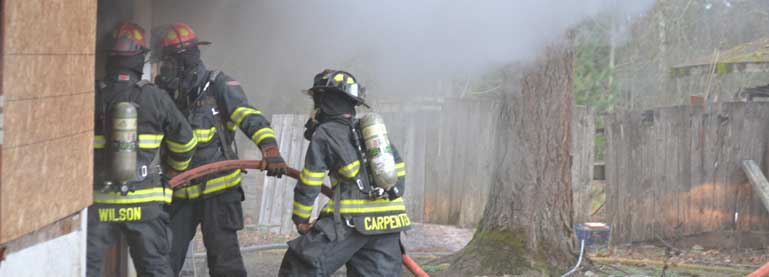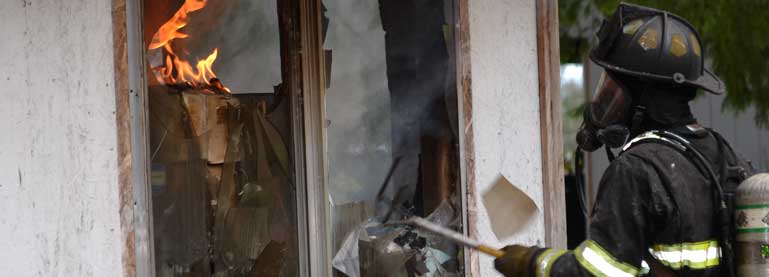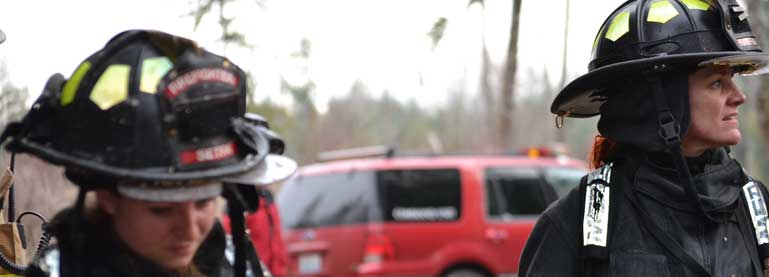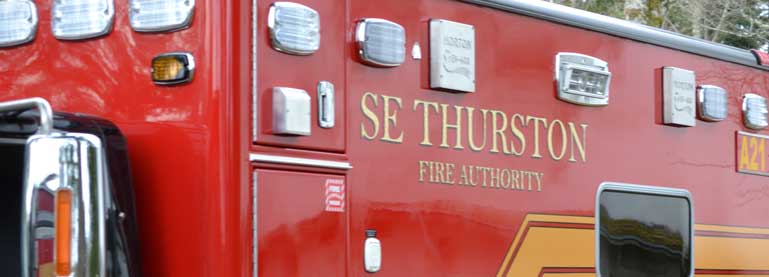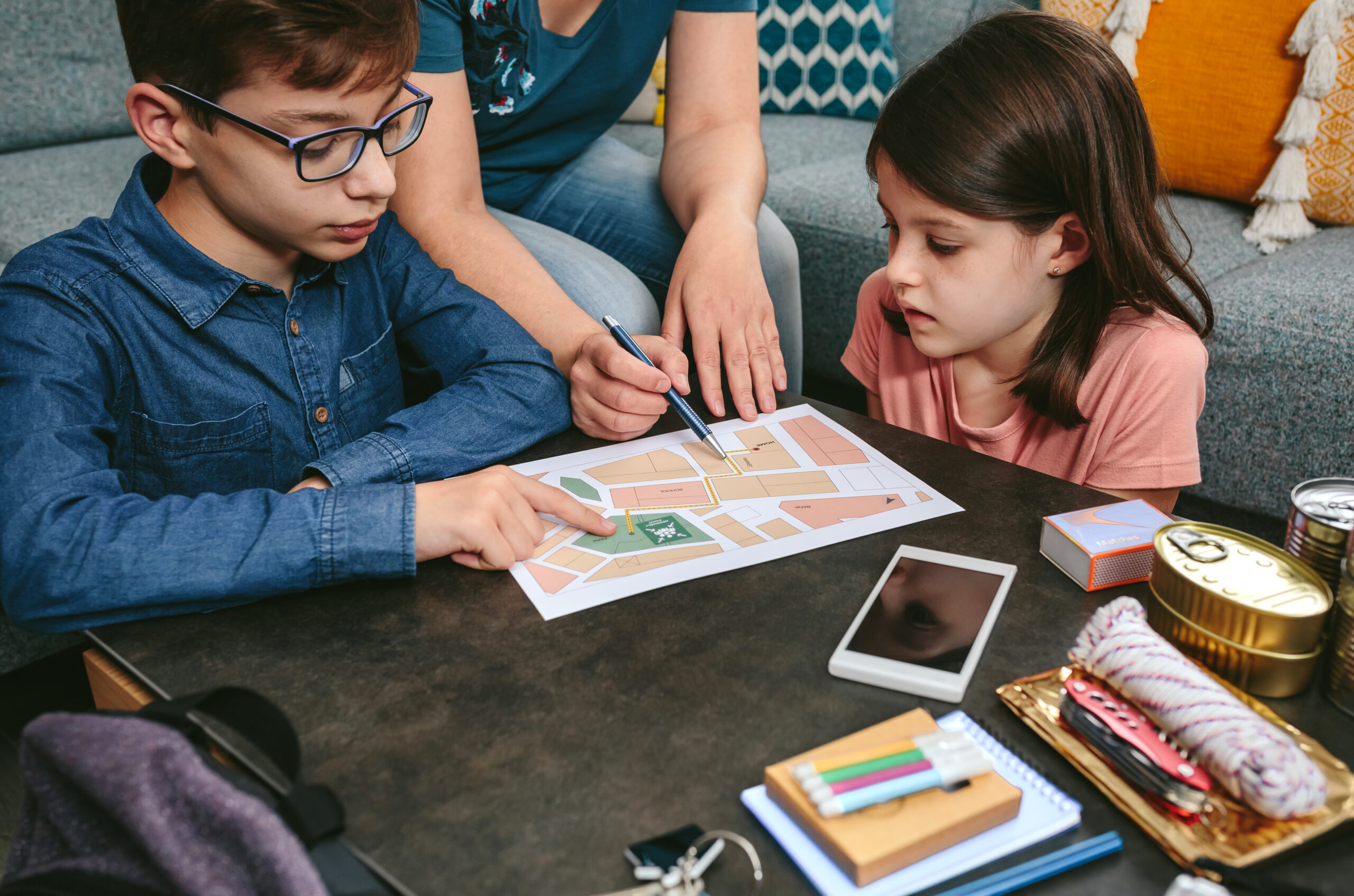
When we plan for emergencies or build emergency kits, it’s easy to overlook certain key components that are important for kids and young adults. Younger individuals may have needs that adults don’t share, and as such it is important to remember to pack, grab, or plan for them. Always go over your family’s emergency plan with your children, and detail their specific tasks and the steps needed to complete them, such as grabbing their emergency bag, using a specific door, or potentially showing them how to use a fire escape.
Depending on the age of the children, also remember to pack the following items in your emergency kit:
- Child-safe medicine, such as pain and cold medicine.
- Prescribed medication for the children.
- Food that is appropriate for the child(s) age(s).
- Extra clothing and blankets for the child.
- Toiletries for the children.
- One or two comforting items, such as a stuffed animal or toy.

